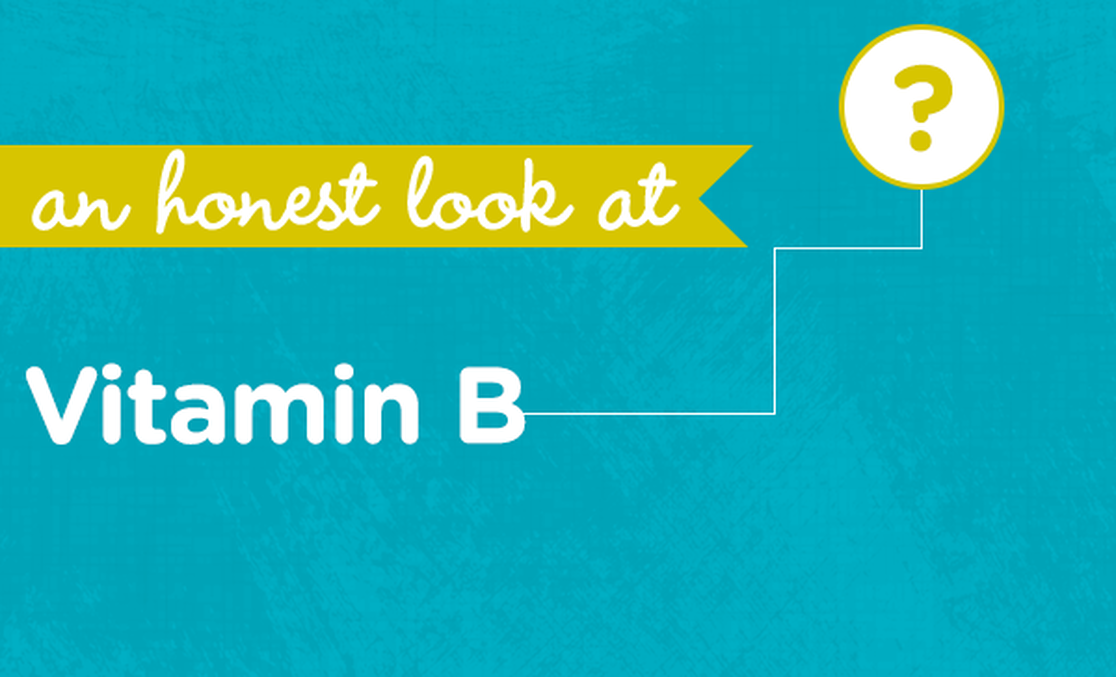This is part of our ongoing series helping consumers better understand chemicals, chemistry, and product formulations. We translate the science, bust the myths, and give you an honest assessment, so you can make informed choices for your family!
Ingredient: Vitamin B2 (a.k.a. riboflavin)
What it is: Vitamin B2 is one of the water-soluble vitamins naturally present in foods like soybeans, spinach, yogurt, eggs, and asparagus. Ours is made from anaerobic fermentation of corn sugar and is non-GMO.
What it does: Riboflavin was the second vitamin to be isolated from natural sources and it’s been recognized as an essential nutrient for nearly 70 years. Here’s a snapshot of its super powers:
It helps produce energy in all cells in your body.
It’s vital for body growth and red blood cell production.
It’s critical for the metabolism of fats, carbohydrates, and protein.
It affects the absorption of iron and helps the body change vitamin B6 and folate into useable forms.
It works as an antioxidant by fighting free radicals that can damage cells and DNA.
It helps prevent preeclampsia in pregnant women.
Why we use it: These days, Vitamin B2 is a standard nutrient in multi-vitamin supplements and we chose to include it at 100+% of the Daily Recommended Value for a few reasons:
Dairy products, yogurt, and fortified wheat and cereals are some of the top sources of riboflavin in the U.S. diet, but with an increase in dairy allergies, veganism, Celiac disease, and other dairy and grain-free diets, supplementation to fill nutritional gaps is more important than ever.
While clinical deficiency appears to be rare in developed countries, about 28 million Americans exhibit a ‘sub-clinical’ deficiency of riboflavin. The long-term effects of this are currently unclear, but given how many vital biological functions this nutrient is tied to, any level of deficiency can’t be good.
Unlike many other nutrients which can pose health risks if you take too much, excess riboflavin is not absorbed by the body and is excreted in urine. (You’ll know if you’re hitting high doses if your urine turns a bright, nearly fluorescent color. Which is no indication of harm — simply your body getting rid of the excess.)
Given these facts, we felt it was much better for the general population to consume extra Vitamin B2 as opposed to not enough. Better safe than sorry!
Do you have any questions or thoughts? Let us know in the comments — we love hearing from our community!
References
Food and Nutrition Board, Institute of Medicine. Riboflavin. Dietary Reference Intakes: Thiamin, Riboflavin, Niacin, Vitamin B6, Vitamin B12, Pantothenic Acid, Biotin, and Choline. Washington D.C.: National Academy Press; 1998:87-122. (National Academy Press)
Linus Pauling Institute. Micronutrient Research for Optimum Health. (n.d.). Retrieved May 26, 2014, from http://lpi.oregonstate.edu/infocenter/vitamins/riboflavin/
Northrop-Clewes, C. A., & Thurnham, D. I. (2012, 12). The Discovery and Characterization of Riboflavin. Annals of Nutrition and Metabolism, 61(3), 224-230. doi: 10.1159/000343111
Powers J. Hilary. Riboflavin (vitamin B-2) and health, Review Article. Am J Clin Nutr 2003;77:1352–60
Unna, Klaus and Greslin, Joseph G.. Studies on the toxicity and pharmacology of riboflavin. J Pharmacol Exp Ther. 1942;76(1):75–80.
Vitamin B2 (Riboflavin). (n.d.). Retrieved May 25, 2014, from http://umm.edu/health/medical/altmed/supplement/vitamin-b2-riboflavin
Zempleni, J and Galloway, JR and McCormick, DB. Pharmacokinetics of orally and intravenously administered riboflavin in healthy humans. Am J Clin Nutr. 1996;63(1):54–66. PMID 8604671
We aim to provide you with the most honest and credible information possible. This article was reviewed for accuracy by The Honest Team and was written based on sources that are linked at the bottom of the article.
blog_review_statement



